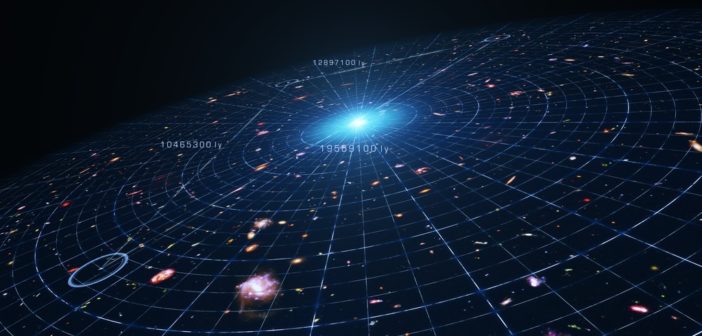Editor’s note: In these last two weeks of 2018, we’ll be looking at a few selections that we haven’t yet discussed on AAS Nova from among the most-downloaded papers published in AAS journals this year. The usual posting schedule will resume in January.
Milky Way Cepheid Standards for Measuring Cosmic Distances and Application to Gaia DR2: Implications for the Hubble Constant
Published July 2018
Main takeaway:
Recent Gaia-measured parallaxes and Hubble photometry of 50 Milky-Way Cepheid variable stars — pulsating stars used as yardsticks to measure cosmic distances — have provided the most precise measurement yet of the local rate of expansion of our universe.
Why it’s interesting:
Since astronomers first discovered the universe is expanding, there has been tension between the observed local rate of expansion (which is measured by tracking the distances to and recession speeds of objects around us) and the expansion rate inferred for the early universe (which is derived from observations of the cosmic microwave background). The new and more precise local measurements, made by a team of astronomers led by Adam Riess (Space Telescope Science Institute and Johns Hopkins University), increases that tension further.
Possible explanations for the tension:

A schematic illustrating one model for the expansion of our universe. Click to enlarge. [NASA/WMAP Science Team]
Citation
Adam G. Riess et al 2018 ApJ 861 126. doi:10.3847/1538-4357/aac82e

3 Comments
Pingback: Selections from 2018: Pinning Down Our Expanding Universe – New
Pingback: Expansion - Reflections for the Journey
Pingback: The most important equation in cosmology? – Science Minds